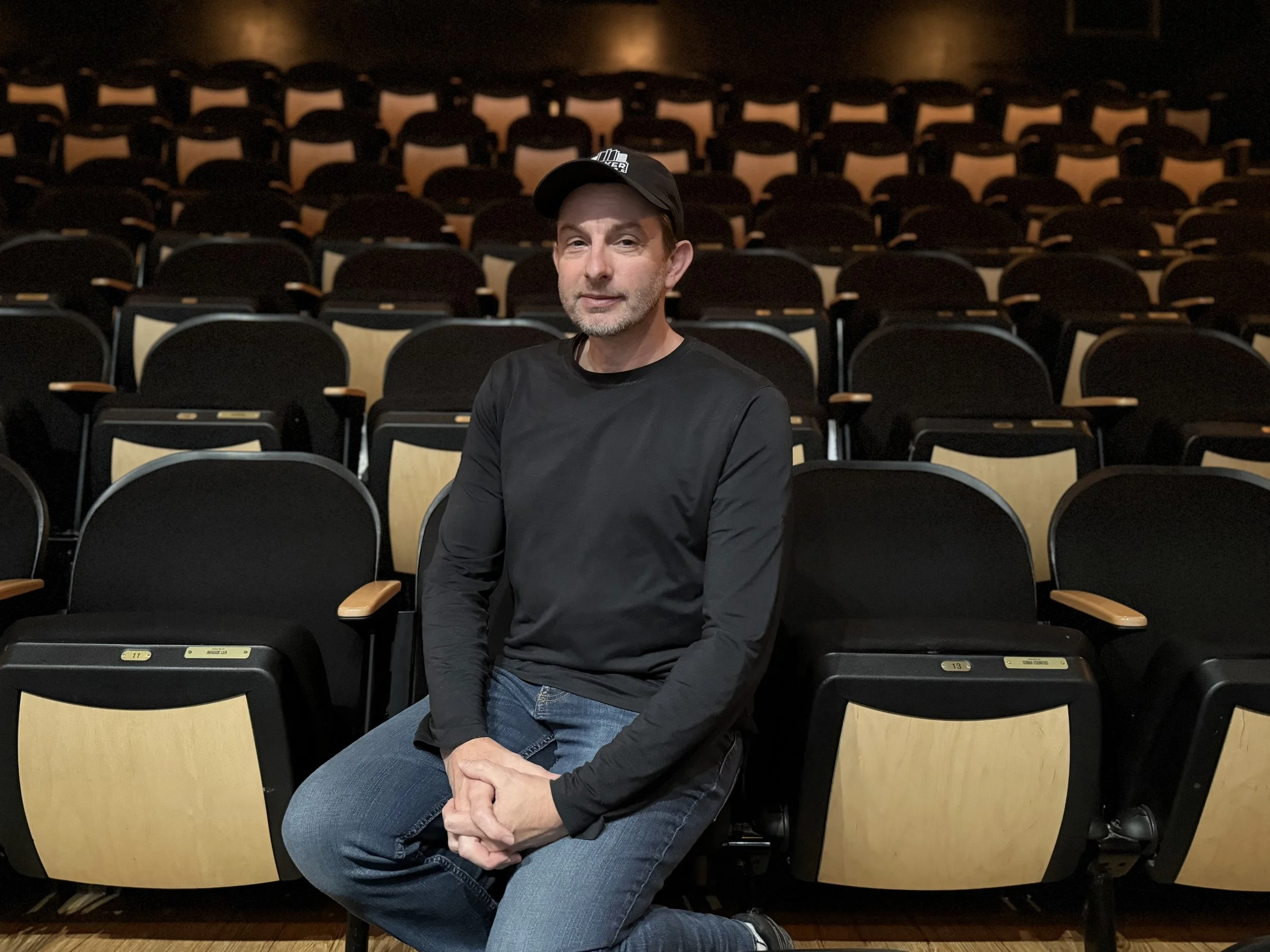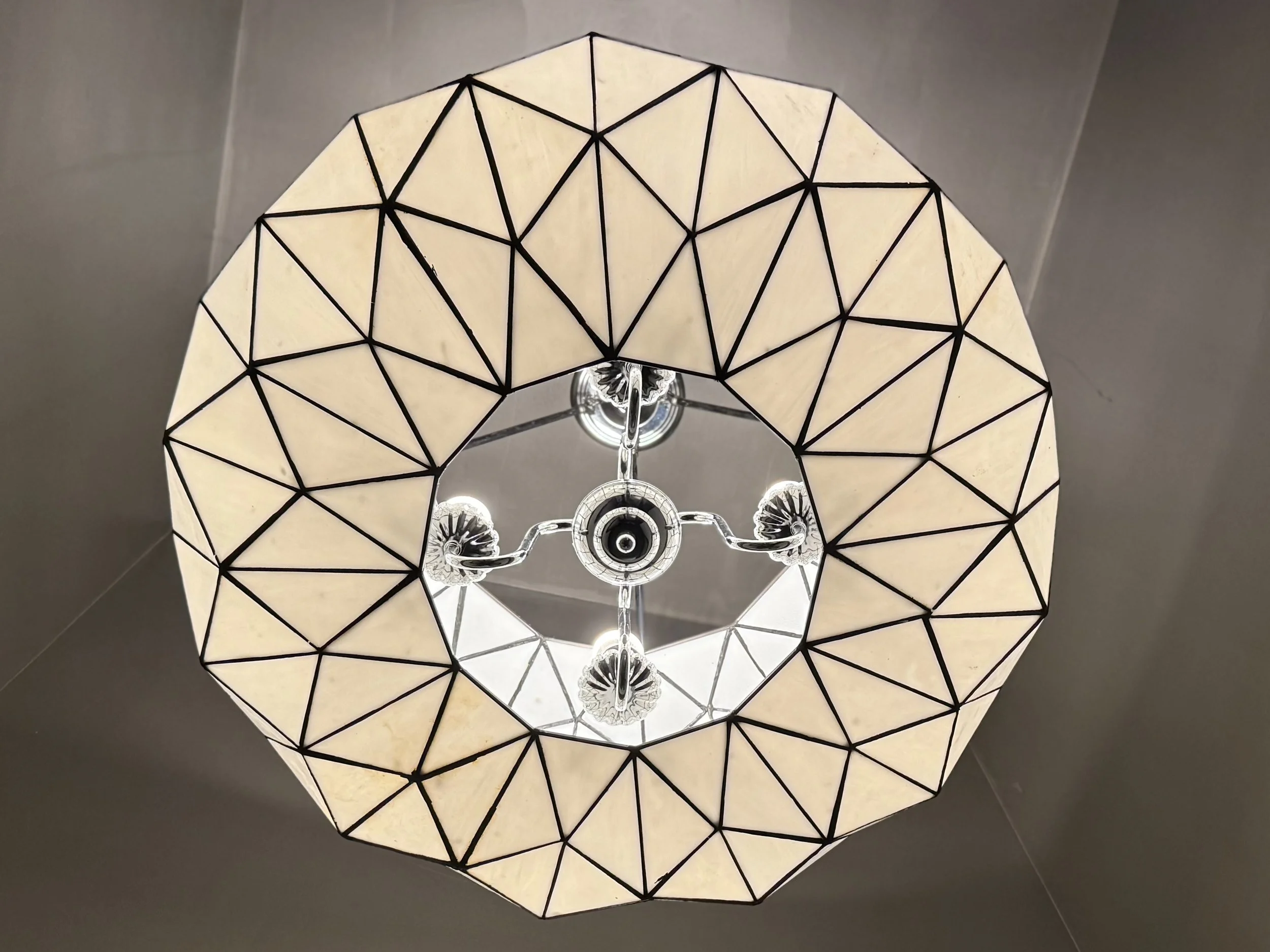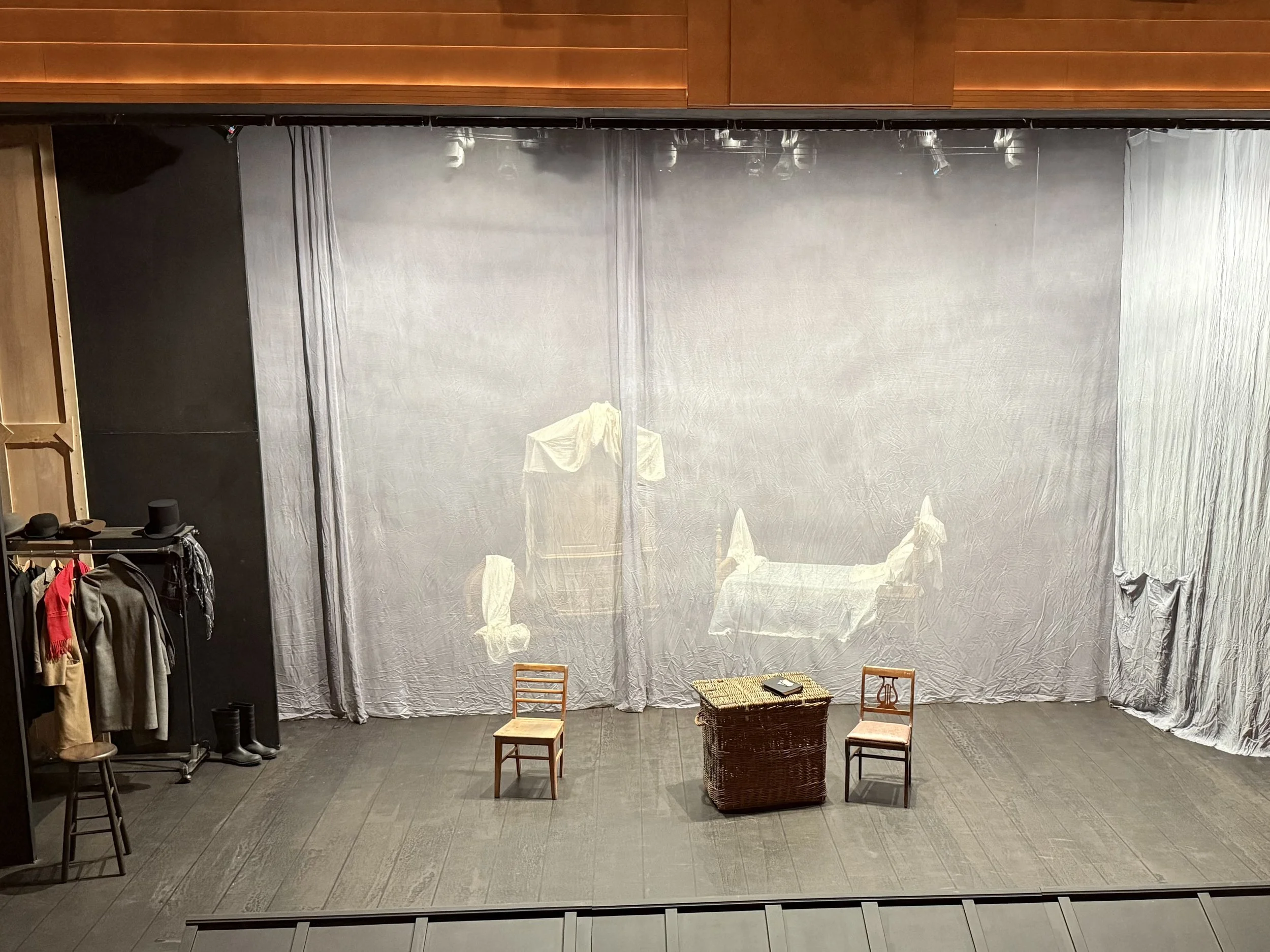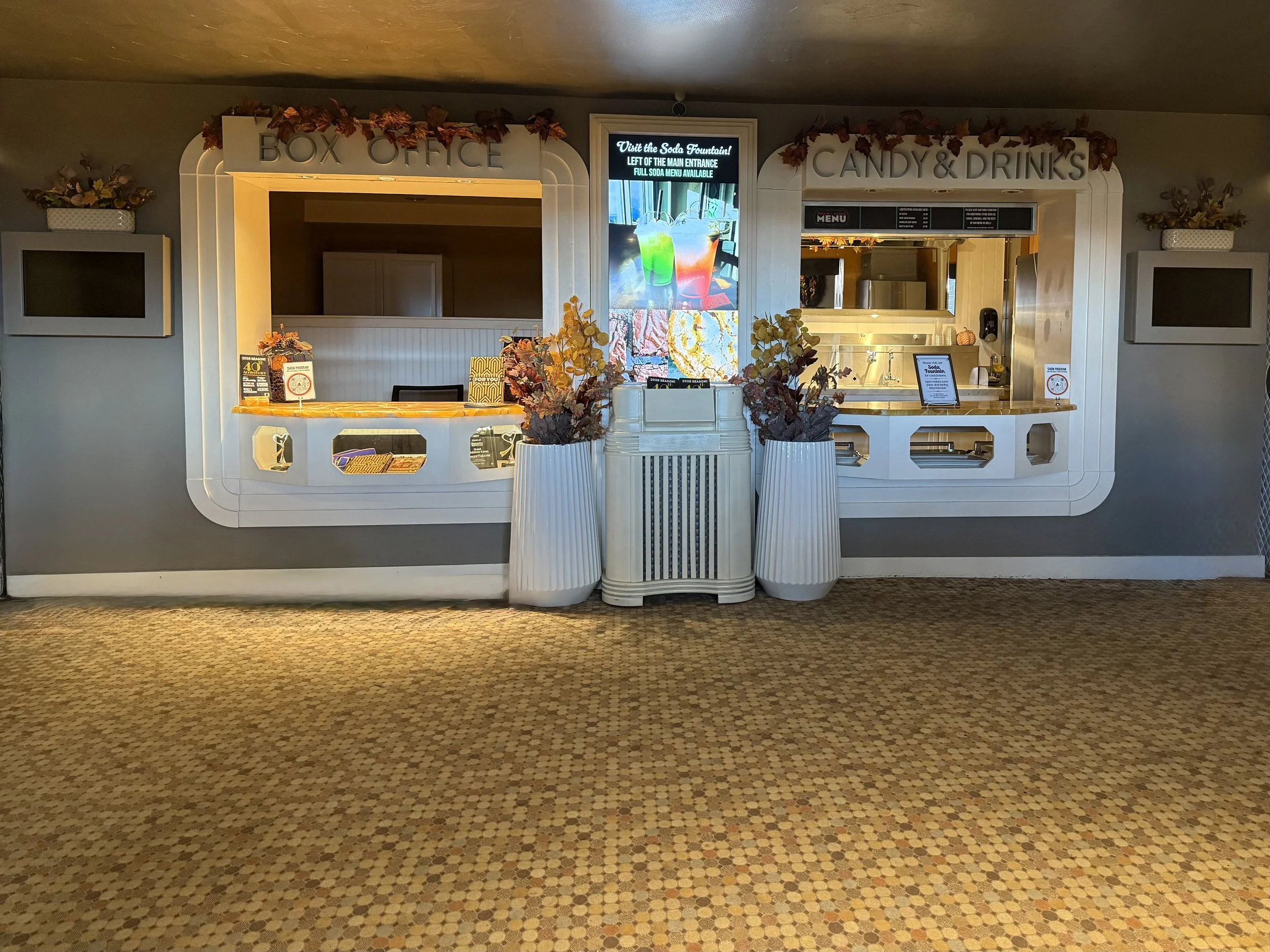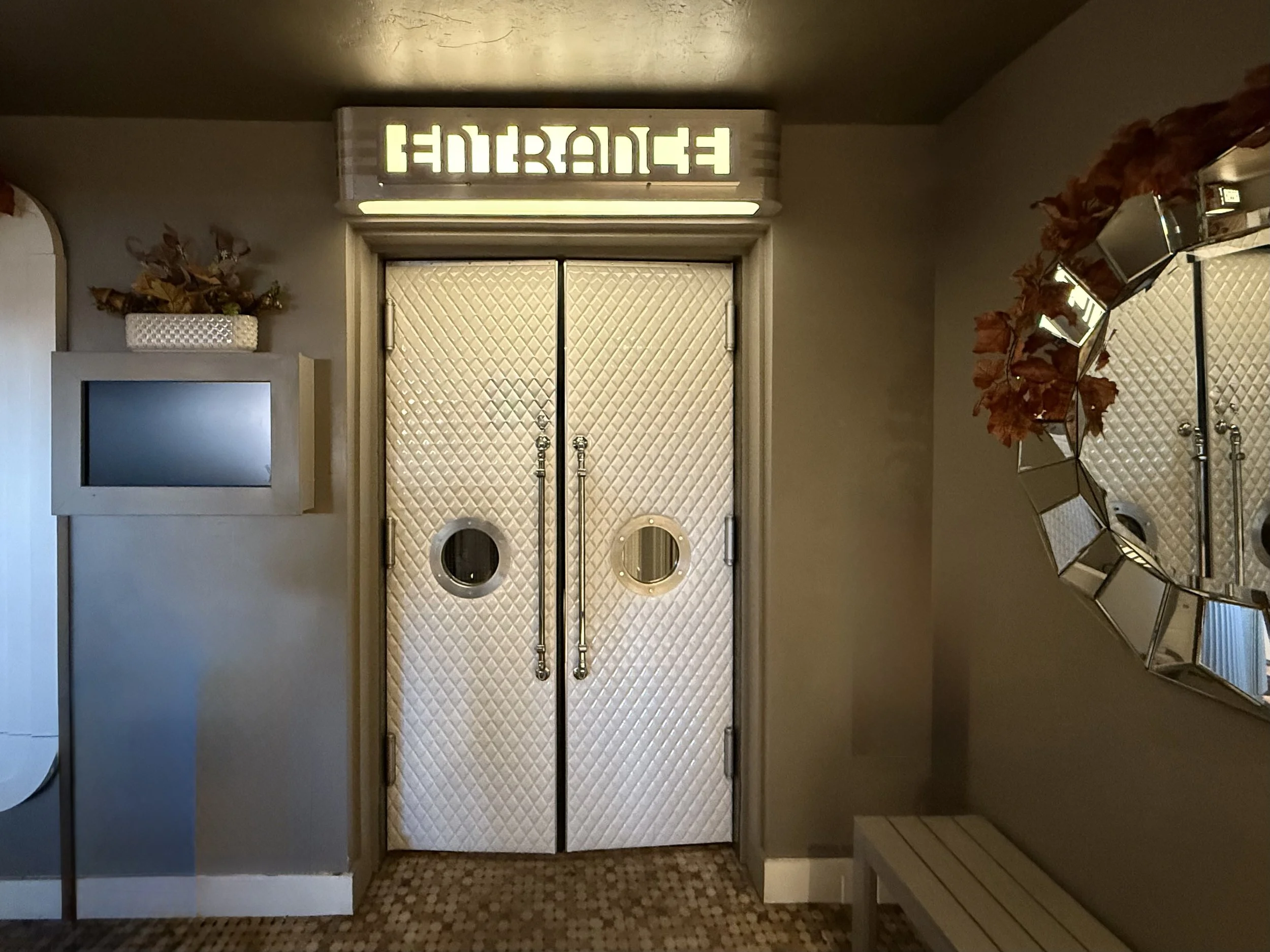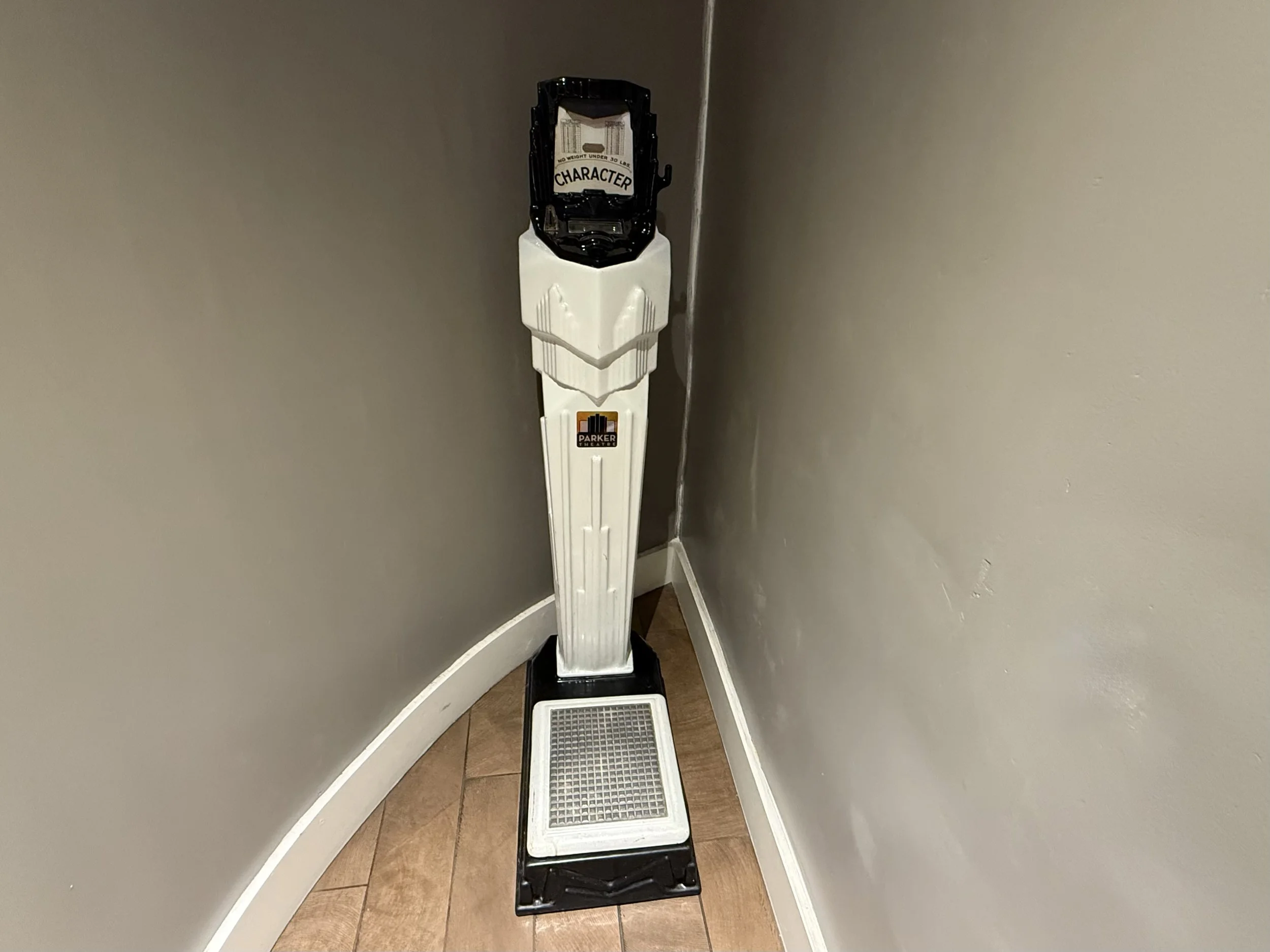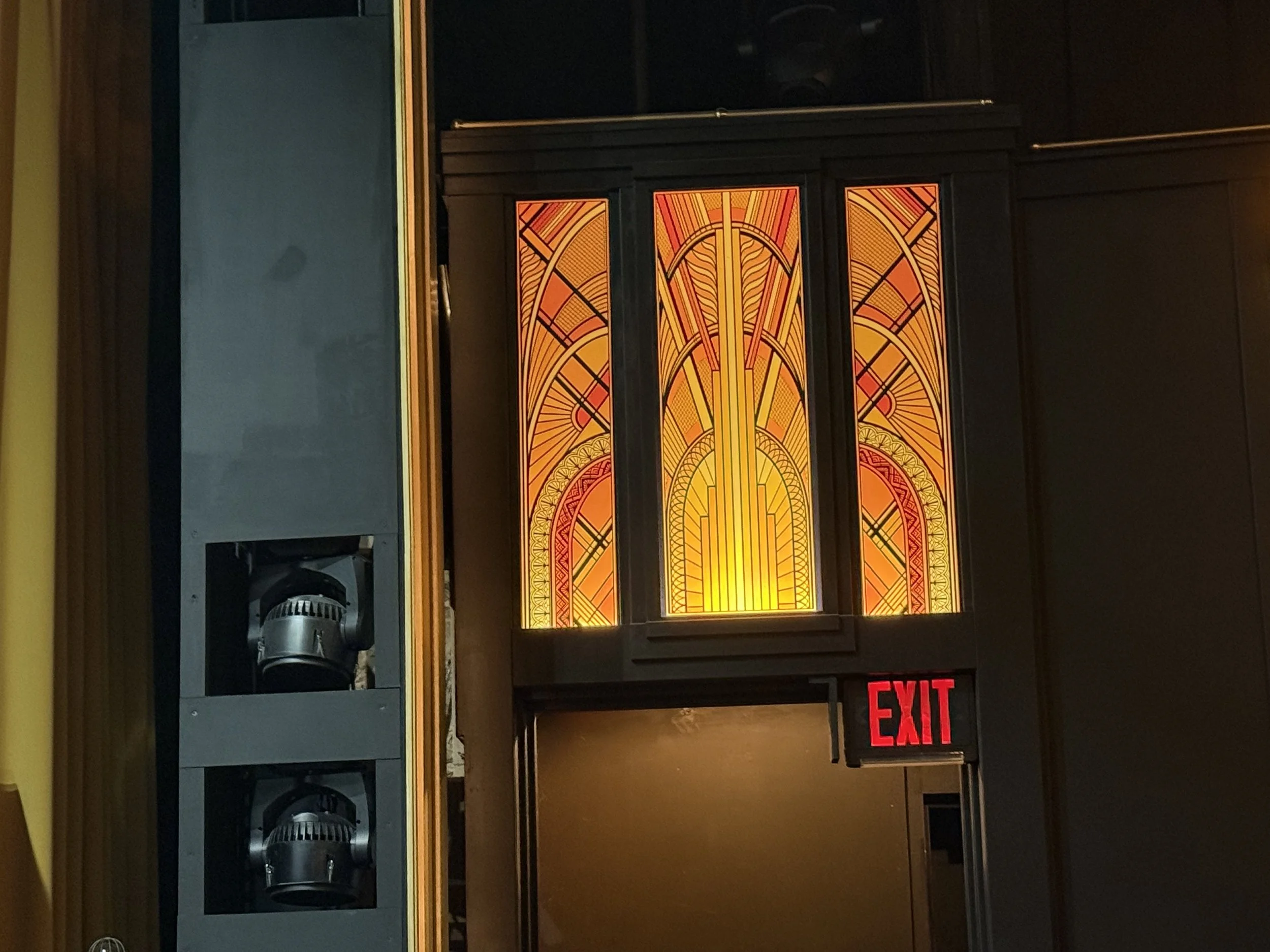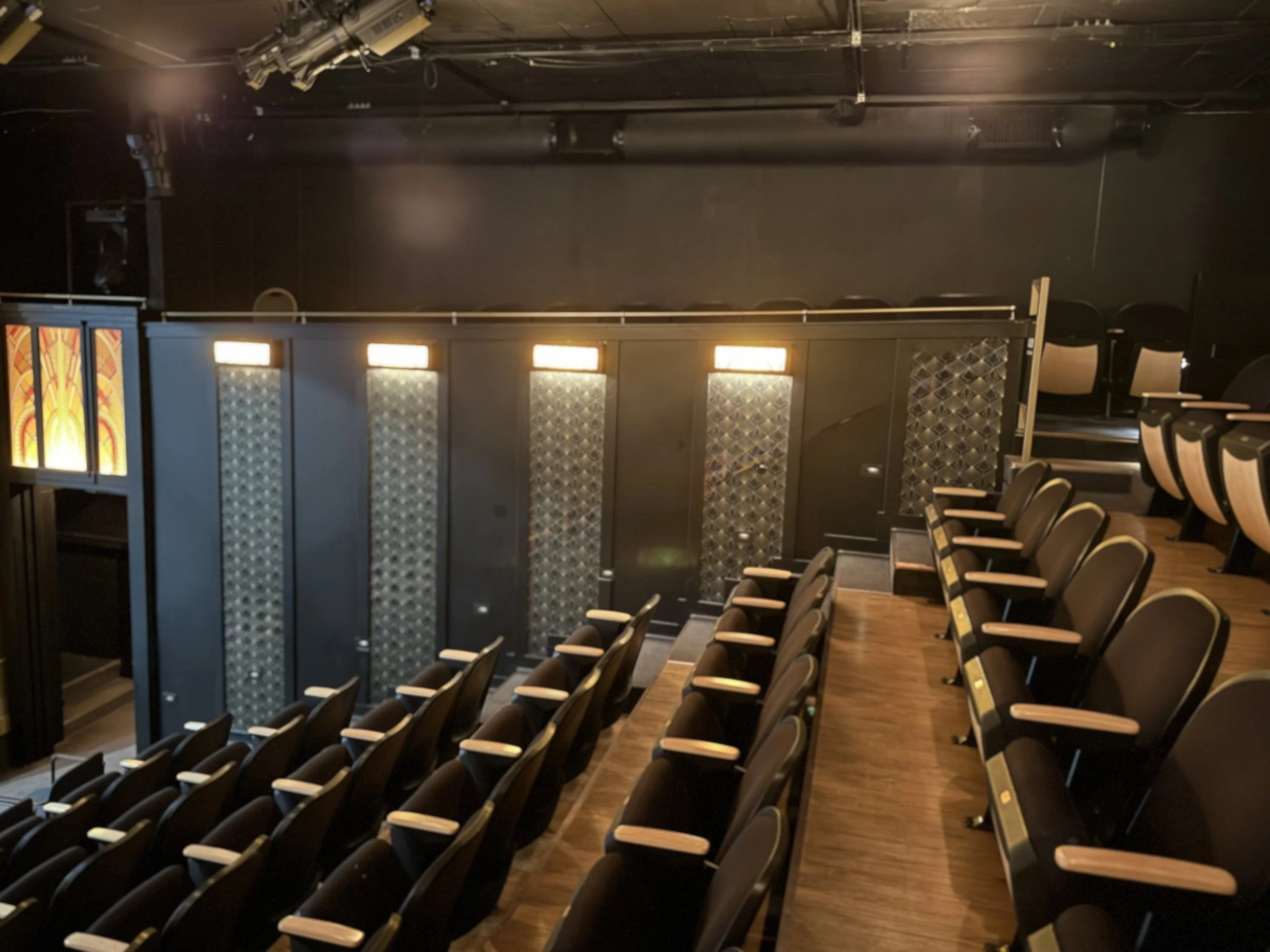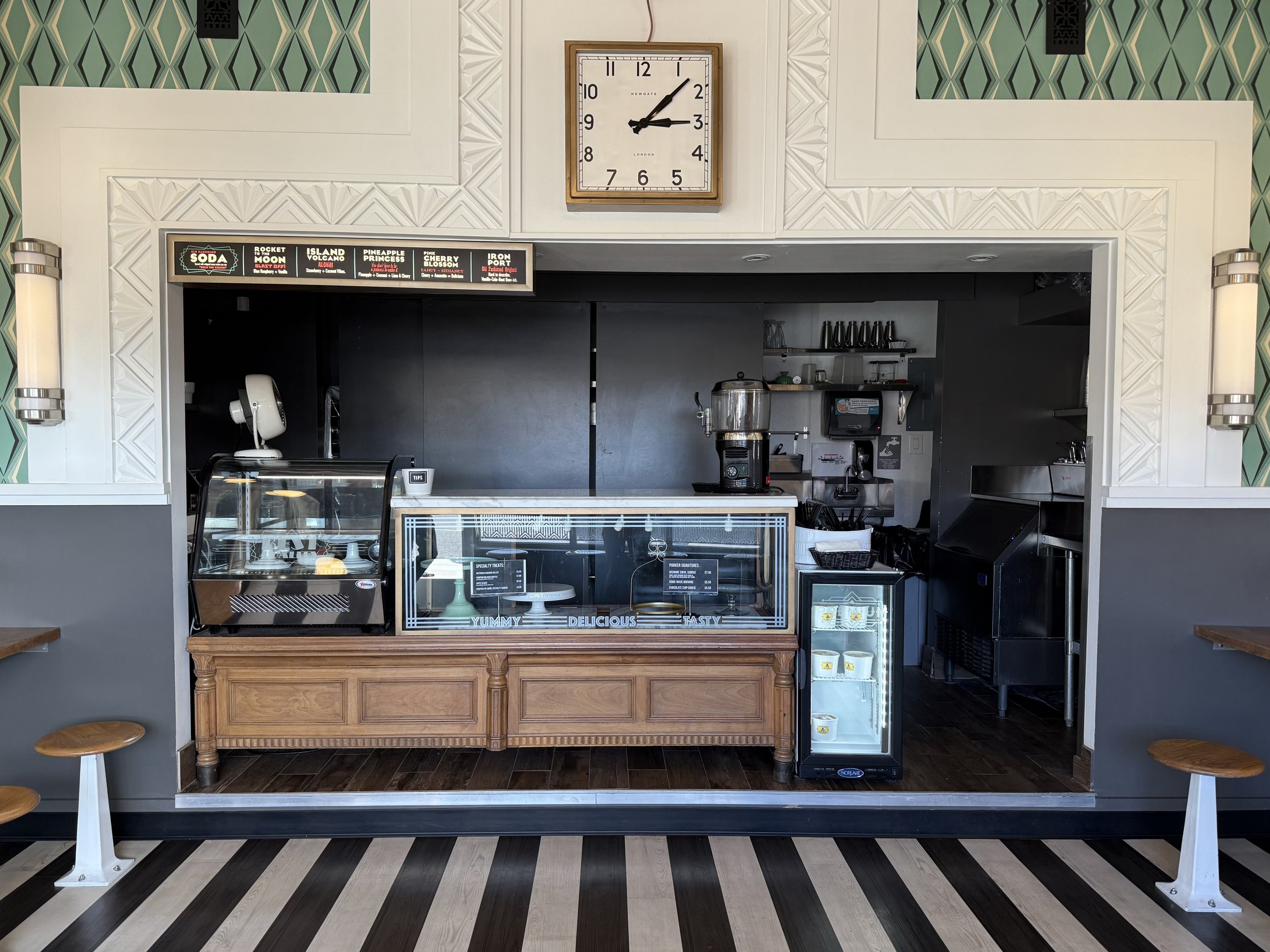Parker Theatre
Address: 3605 State Street
Telephone: 801-532-6000
Website: parkertheatre.org
District: South Salt Lake
“That’s kind of all I knew. The old saying is 'being born in a trunk.'” The theater has been part of James Parker’s life for as long as he can remember. Today, the Parker Theatre, located on State Street in South Salt Lake, is a 200-seat Art Deco playhouse that was once the Avalon Theater, a one-screen cinema from the 1940s that had fallen into disrepair.
When the organization purchased it in 2011, they spent years bringing it back to life - giving it the feel of a 1930s space with gold accents, black seating with maple armrests, and honey-onyx countertops quarried in Utah. Attached to the lobby is an old-fashioned soda fountain that serves house-made sodas, including Iron Port and ginger ale, along with homemade cookies, brownies, and sundaes.
James was born in Seattle, where his parents lived for about twenty years before returning to Utah. His father was an attorney by trade but a musician at heart, and his mother was a dancer who had trained with Virginia Tanner and performed at the University of Utah. In Seattle, his parents became part of a local group that put on small community skits. When this circle of friends decided to do something more formal, they turned to the Parkers to take the lead. Theater quickly became a family affair.
In the early 1980s, someone called to tell James’ father about a job managing a theater in Utah. It was, as James likes to say, “the year Return of the Jedi came out.” The family moved south, and a few years later, in 1986, his parents started their own nonprofit company. For many years they had no permanent space - working out of small venues and rented halls around Salt Lake, including the old Utah Pantages Theater and a small ninety-nine-seat space at the ZCMI Center Mall. Later, they converted a former furniture warehouse into a theater, now known as The State Room, where they resided for about fifteen years.
James, the youngest of several siblings, grew up surrounded by that world. “I did a lot of technical theater - running the lights and running the sound. I was like twelve,” he said. “I liked art, I liked sculpture, and I liked movies.” His parents often took the children to see plays, even when money was tight. “They really tried to give us some experiences,” he recalled. He acted as a child in productions like A Christmas Carol and The Lion, the Witch and the Wardrobe, but it was not until his mid-teens that theater truly became his own. By sixteen he was designing and painting sets, and at eighteen he was directing and writing scripts. “It was like an urban farm,” he said. “You get up and build a set or figure out a prop or write a script or direct a show.”
In 2001, after years of working alongside his family, James stepped away. He got married, moved back to Seattle, went to school, and worked outside of theater for several years. When his father became ill, the future of the company was uncertain. James returned to Utah in 2007 to see if he could keep it going. “I knew I could at least give it a go."
At the time, the organization did not have a permanent home. James restructured it as a new nonprofit, scaled operations down to a small building the city offered for classes, and began searching for a space they could truly call their own. “I had a big stack of real estate listings on my desk,” he remembered. “This one was actually at the bottom of the list, because it was South Salt Lake.” But when he visited the old Avalon, something clicked. “It all kind of made sense. It had parking lots, freeway exits were close by, and it was already a theater.”
James saw potential where others saw a building at the end of its life. Once the purchase was complete and the doors reopened, the focus turned fully back to what had always defined the Parkers - storytelling on stage. For decades, the family was known for their children’s productions - adaptations of classic literature like Treasure Island, Anne of Green Gables, The Secret Garden, and 20,000 Leagues Under the Sea. James said they were never afraid to keep the stories true to their source. “We didn’t believe in hiding those things, just maybe some sensitivity in telling it.”
When the pandemic hit, the arts community suffered deeply. Parker Theatre lost many of its longtime season ticket holders, but about half returned when live performances resumed. After that difficult stretch, James decided to shift the company’s focus from children’s theater to classic works for general audiences. “We still love classic literature,” he said. “So, let’s just shift and see what happens.” The result was a new identity for Parker Theatre - one built around timeless plays performed with depth and authenticity.
Since the transition, they have produced Of Mice and Men, Noises Off, The Sting, Silent Sky, and The Woman in Black, which has become a signature piece for the company. Every year, they also present a Jane Austen adaptation, continuing a long tradition of literature brought to life.
James calls Parker Theatre a “boutique theater,” known for high-quality work and a personal atmosphere. “People are blown away by the quality of what we have to offer because we’re a small theater,” he said. Audiences appreciate both the performances and the space itself - the closeness of the seating, the care in the design, and the feeling that they are part of the story.
Most of the actors are local, drawing from Utah’s small but dedicated theater community. Some have trained elsewhere or performed professionally, then returned home. Many rotate among theaters, often reappearing on the Parker stage from one season to the next. The sense of community runs deep.
James still designs sets and lighting at times but now focuses mostly on producing and overseeing operations. His mother, the founding director, continues to direct one show a year. His daughter has followed in the family’s footsteps, playing the Ghost of Christmas Past in A Christmas Carol, while his wife, Emily, whom he met during a production of Tom Sawyer in the mid-1990s, remains closely involved in theater life.
Today, Parker Theatre continues to grow as both a performing space and a community hub. It offers season subscriptions for five or six productions a year and regularly collaborates with local artists and schools. Audiences gather early for sodas and sundaes at the fountain, chat with the cast after performances, and return again and again. For James, it all comes down to creating a place where people feel welcome - onstage, backstage, and in the seats. “I’ve been fortunate enough to put my love of history and design into this space,” he said. “We’ve built a house where we can produce these works and create a place people love to come to. In Utah, there’s room for the big Broadway show and there’s room for smaller high-quality performances within a beautiful space.”

